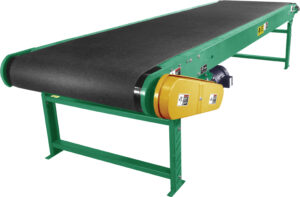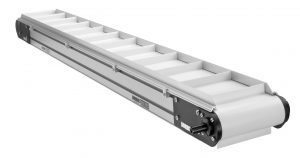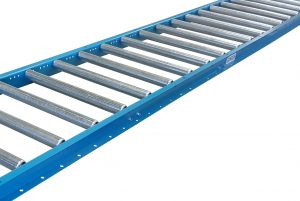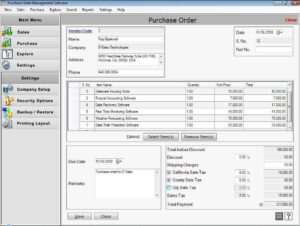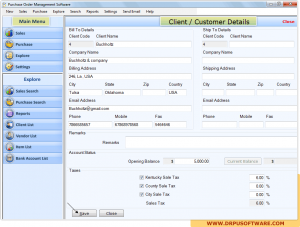Some Info On Rollers And Conveyor Systems
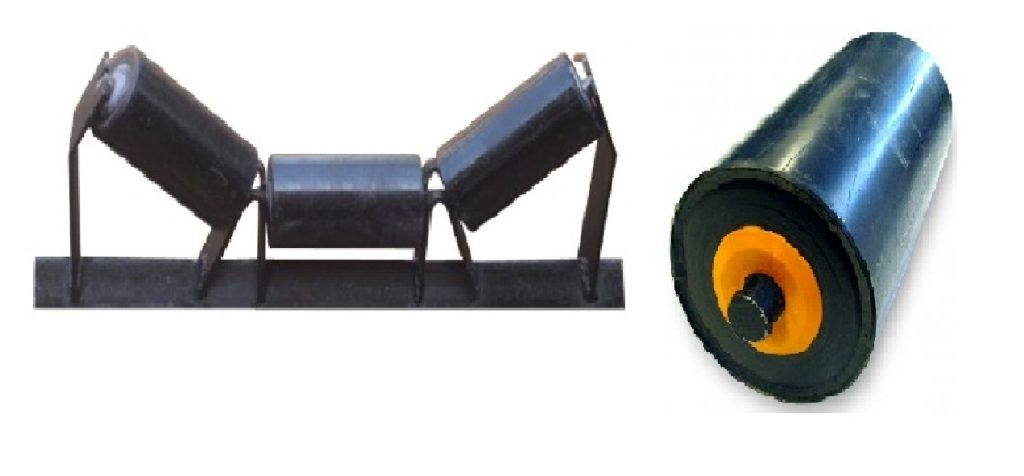
Conveyor rollers help make minimal work of relocating objects around with the minimum energy and effort, and thanks to the engine powered possibilities, they mean much less effort too. From small wheels, belts and in-built rollers there is a lots of rollers offered on the modern marketplace, whether you look for a motor or physically powered version.
Rollers usually are useful to transport bulk materials, and there are various kinds of rollers for specific applications. Rollers and other conveyors can certainly elevate material, use vibratory action to transfer products, and hang from above. Other key types include screw conveyors, chute conveyors and tow conveyors.
Lets take a closer look at some of the main types of conveyor.
Conveyor Rollers
These are handling techniques which use rollers mounted in frames to safely move materials. The factors you have to think of are the load potential and circumference, together with the conveyor length and width. Roller conveyors tend to be used in holding zones which include loading docks, baggage handling or construction lines. Rollers use gravitational forces or manual power to move goods around and can be straight or curled conditional upon space or working environment.
Powered roller conveyors use driven rollers installed in frames to move goods and merchandise around. The most crucial thing to consider is the sort of drive that you require. The most recognised drive models include belts, chains and motors. Powered roller conveyors have several uses, which include food handling, packaging and many other assembly line businesses.
Wheel conveyors use unpowered wheels to safely move goods, either by gravity or manual power. If getting a wheel system, you need to think about load capacity, the actual physical lengths and widths and the electricity needs. Wheel conveyors are generally utilised for loading and unloading lorries, as well as shifting weighty weighty physical objects including pallets. Depending on the weight considerations, wheel numbers and spacing will vary.
Go here for additional info www.conveyorrollers.co.uk
Vibrating conveyors use rotary or linear vibration to safely move goods or items along. They may be commonly used to move bulk materials like gravel and coal. Depending on the required use, many sizes are available.
Overhead conveyors are installed to ceilings and make use of trolleys moved by chains, cabling or other connections. They are most often utilised in market sectors in which the products has to be suspended, for instance parts handling systems, or for a/c purposes. With regards to the intended use of the overhead model, the load transporting capacity may be very critical. The majority of solutions are motorised though you can find those that are hand controlled.
Belt conveyors use continuous belts to move items. They’re regularly employed in food services, for baggage handling, in product packaging and in the mailing service, though you would most often associate them with the money registers in food markets. Belt conveyors are typically motorised and operate at a number of speeds. Belts can be operated horizontally or maybe at slope inclines.
Beltless magnetic conveyors use moving magnets underneath immobile plates to safely move magnetic or ferrous products. This could be comprising scrap steel or equipment parts. Beltless magnetic conveyors can be horizontal, up-right or a combination of the two.
The Role Of Conveyor Rollers
Your personal choice of conveyor system will depend on the item style, velocity, height and business focus distinct to your business. Various forms of conveyor, which include belts and vibrating units, work extremely well over long distances in companies such as mining and raw materials. Nevertheless, a vibrating belt system would be of little use in food processing or electronics products market sectors.
Conveyors could in fact be manually powered, which is when products are moved along manually on the rollers or wheels. Others are air powered or engine powered. Frequently, however, they are driven by electric power motors. This either occurs directly or through reduction gears, chains and sprockets.
Materials and units are ordinarily moved on the top surfaces of conveyors, but overhead conveyors will be the obvious exception.
Roller Supply
If you’re attempting to move objects very easily and also with minimum energy being applied and the greatest possible personal safety, you must take a look at your needs and requirements really carefully. Your eventual selection will be influenced by the industry sector in which you work, the option of power source (or otherwise) together with the monetary budget that you may have.
Conveyor rollers are perhaps the simplest and flexible system and also one of the most inexpensive. Roller systems are also user-friendly and uncomplicated and maintain and can be customised to a range of market sectors and uses. Components can be custom-designed to for your available space and rollers can be selected by materials, weight capacity, velocity and more. This is why conveyor rollers are probably the most popular options for UK organisations.
Roller conveyor solutions can be custom-designed from modular components. These include straight sections, contours, transitions, merges, partitioning and a lot more. Manufacturing companies can provide design expertise and design and installation help, assisting you to get the most effective device for your requirement. They can also provide on-going routine service assistance and spares which keeps your products and your company moving.
If it’s time you developed your organisation and you need to improve manufacturing, storage, distribution or more, then a conveyor roller system might be precisely what you’ve been searching for.


